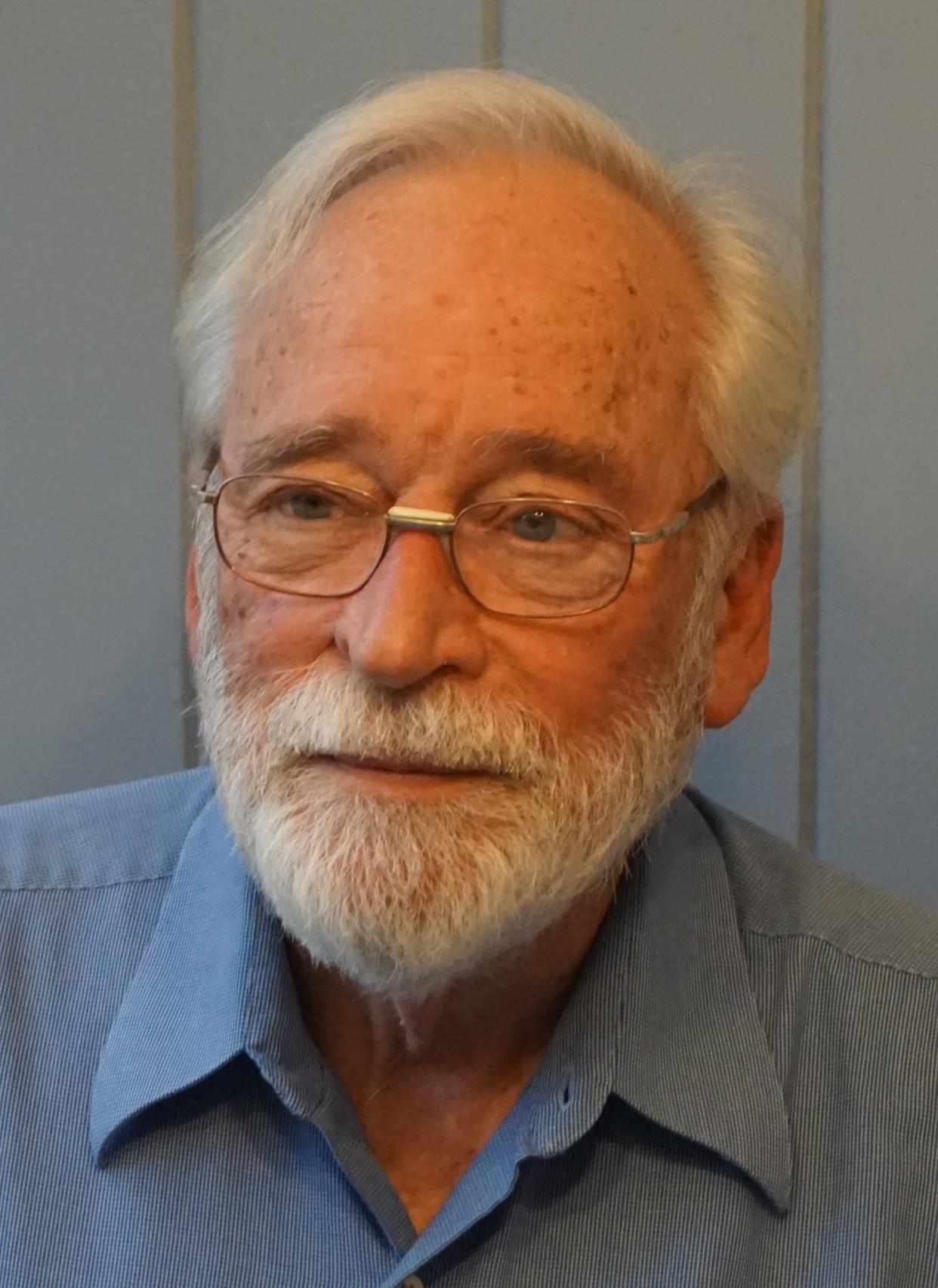Charles C. Milliken: Getting out of the boat

Back in June I wrote asking for advice about a decision I was facing whether or not to walk the Camino de Santiago. As a reminder, the Camino is a 500-mile pilgrimage across northern Spain from St. Jean Pied de Port in France to Santiago de Compostela in northwestern Spain. (An excellent movie, “The Way,” starring Martin Sheen explains all). The consensus was I should absolutely go for it, even if I am 80 years old. So tickets have been purchased, and I set out on Sept.14, returning Oct. 28. At least that’s the plan.
There is an old bit of humor: “How do you make God laugh? Tell Him your plans.”
You will, I trust, be reading this on or after Sept. 24. If – and that’s a big if – my old legs and muscles hold out, I will have progressed to the small medieval town of Los Arcos, about 70 miles from St. Jean. The Camino stretches out from town to town strung out like a pearl necklace. For those of you interested in geography, the major towns I’ll pass through include Pamplona, Lagrono, Burgos, Leon and Ponferrada. Using the most popular guidebook, and assuming once again I can sustain the plan, there will be 33 days of walking with eight uncommitted days adding to the total of 41 days I have allotted to complete the pilgrimage.
That’s the outline, so what’s the purpose? Why am I doing this? My guidebook (“Camino de Santiago” by John Brierly) emphasizes strongly the need to be clear about purpose. Without purpose, many give up. A 500-mile walk is strenuous enough on a straight and level path, but the Camino is not exactly straight, and it is anything but level. Day one, about 16 miles, includes an altitude gain of 4,000 feet. Although I’m training with walks carrying a full pack – about 19 pounds – and have done 16 miles, I’m pretty tired at the end, and the total altitude gain here in flat Orangeburg, South Carolina, is a grand total of 347 feet, according to my Strava app. The advice is to take it easy the first few days. How one crosses the Pyrenees while taking it easy isn’t entirely clear to me.
Most importantly, this is a pilgrimage, an opportunity, away from the distractions and concerns of ordinary existence to contemplate the important things in life. Millions of pilgrims for over a thousand years have been doing the same thing. Back in the Middle Ages, completing the pilgrimage to the cathedral in Santiago earned you an indulgence, remitting the time a pilgrim would otherwise have to spend in Purgatory to atone for his sins. No indulgences now, just a piece of paper, a Compostela, suitable for framing, and written in Latin, signifying completion. But, to me, completion isn’t the real goal. The journey is.
In addition to the spiritual significance, it is, for most of the distance, a beautiful walk. Except for a hundred miles or so in the Maseta, a high and flat plain between Burgos and Astorga – which some people grab a bus and skip – hills, mountains and valleys are everywhere. Medieval villages are encountered every few miles. The whole distance is a walk through history, from Roman times to the present. Architectural gems are found generously scattered along the Way.
Finally, a sense of adventure also sends me forth. At my age, how many adventures can be left? I’ll be walking alone, except for the first four days when I’ll be joined by my son Matt, who shares my sense of adventure, and perhaps a friend will join me the last week, if he can get a passport in time. But there are many people to meet along the way, and from countries all over the world. I may be walking alone, but I don’t think I’ll be lonely.
I intend to be sending dispatches for the next five weeks, and hope you can sort of join me and perhaps be moved to try this yourself.
Charles Milliken is a professor emeritus after 22 years of teaching economics and related subjects at Siena Heights University. He can be reached at milliken.charles@gmail.com.
This article originally appeared on The Daily Telegram: Charles Milliken: Getting out of the boat

